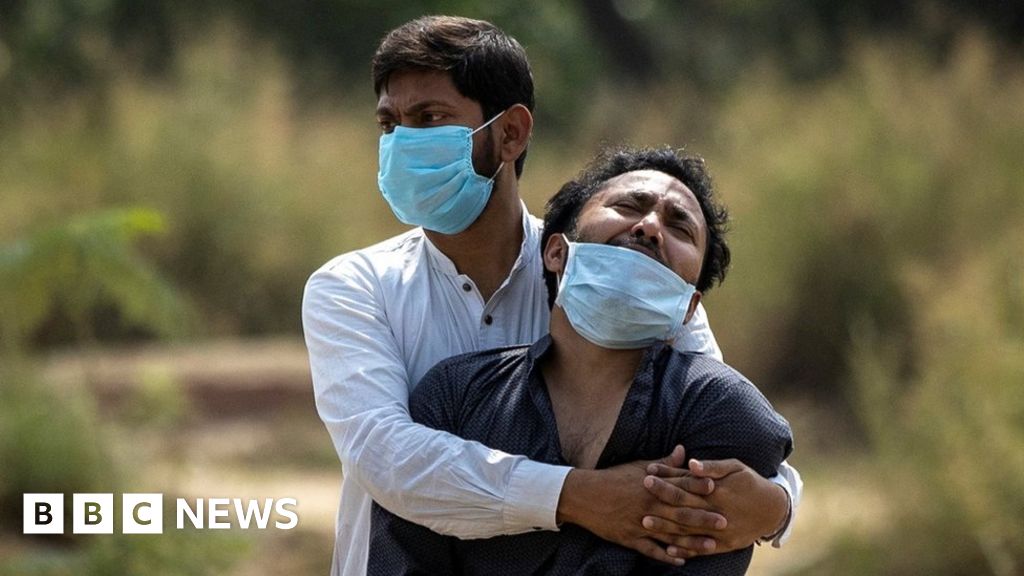The idea of credit starts with differential growth and investment opportunity among investors, lenders and depositors. Individuals take small credits to invest in specific livelihood activity and receive incremental income, eventually impacting individual’s household and business environment. Microfinance supports various income generating activity and support livelihoods of communities in rural and urban ecosystem. In past one decade after the Andhra Pradesh Microfinance crisis, banks and similar financial institutions have taken charge of delivering micro credits in semi-urban and rural settings. This step was well accepted among community members, as competition lead to cost effective credit service, better financial products and inclusion of technology in all facets of micro credit process suitable to need of community.
The Reserve Bank of India in recent past have given licence to some large microfinance institutions to accept deposit from the customers and termed those as small finance banks, few licences were also issued to new financial companies. These steps have supported positively the microcredit service delivery network in India, with focus on customer centric policy framework. Small and microcredit products are tricky solutions for households to come out of vicious poverty circle in medium to long run, especially in rural context. Users of these products and services in most of the cases do not distinguish between income generating loans and consumer loans, also they hardly bother for the cost of loan, as their simple understanding is about equated repayment instalments. Their urgent need for medical service, purchase of electronic item, family function, education of kids, etc. make their choice critical and obvious.
In past few years, after introduction of SDGs development agencies want to check the impact made by these micro loans in the life of users and households to assess the degree of sustainability, relevance, effectiveness and efficiency. The immediate issue faced by impact evaluation team is making an affirmative assumption that the loan is used for the same purpose as stated in the application. In many cases, I personally found that the credit taken for livelihood activity is used elsewhere, which is of equal or sometimes of more importance to the individual or family. Let me share a story of Sunderban area in West Bengal, where a group member took loan for agriculture activity, but had to spent whole money in medical emergency. When audit team raised question about misuse of funds, her answers gave a different perspective of impact assessment and sustainability. The phrase used by her was “sahab jinda rahenge tabhi to wapas karenge”, which clearly means that health is critical factor in any household, which will pull back to relatively lower poverty level if left unattended on time.
So the question comes, how to assess overall impact of any microcredit product or service? There are so many dimensions involve with the delivery of any credit product and same gets different result on the basic assumption of how much and how well the loan is used for purpose it has been asked for. Assessors need to device a simple yet powerful and cost effective tool for impact assessment of microcredit products/services. Latest reports suggest that impact need a 360 degree evaluation including social, economic and environmental parameters with sustainability and effectiveness at focal point. Separate tools for assessments are available, but same need higher degree of flexibility and standardization for selected socio-economic profiles. It is easy to write, read and even make others learn; but it’s hard to be used at ground level. A policy push is required with strong and transparent data management systems throughout the sector.
Disclaimer
Views expressed above are the author’s own.




More Stories
Virus mutated in Jan/Feb, spread more rapidly: AIIMS chief on Covid surge
Dragon intensifies its efforts to acquire technologically advanced military hardware via Pakistan
Red Fort violence: Court grants bail to actor-activist Deep Sidhu